Motorcycle Investor mag
Subscribe to our free email news
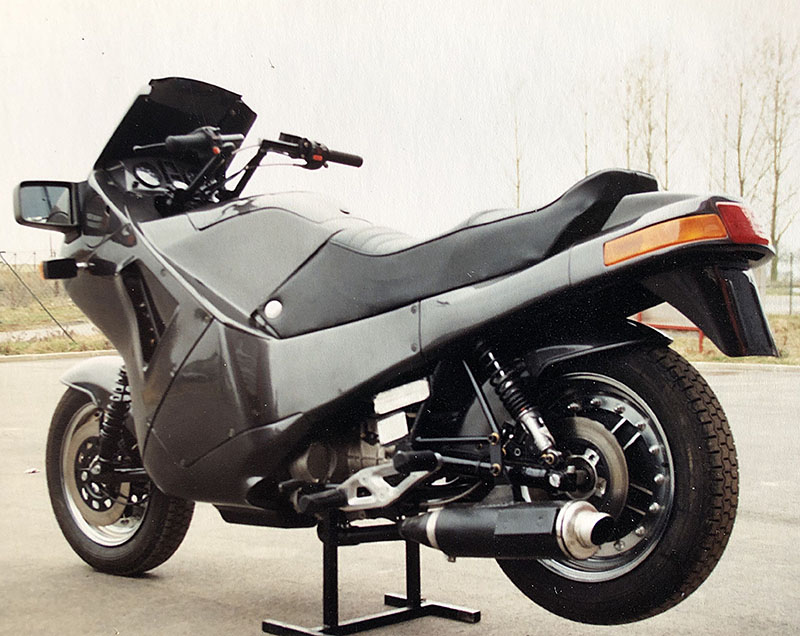
Feature - 10 of the world's ugliest motorcycles
(May 2020)
by Guy 'Guido' Allen
Though no oil panting himself, Guido wanders into the dangerous waters of style and nominates the world’s 10 most hideous motorcycles…
Okay, I’ll admit it. When I first saw a Suzuki Hayabusa, over a decade ago, I was reminded of that famous description of Arnold Schwarzenegger in his body-building days – a condom full of walnuts. Now I own one…a Hayabusa, that is.
So I’m prepared to accept that beauty is in the eye of the beholder. Ugly, however, is a little more universal. Here are our top 10 nominations
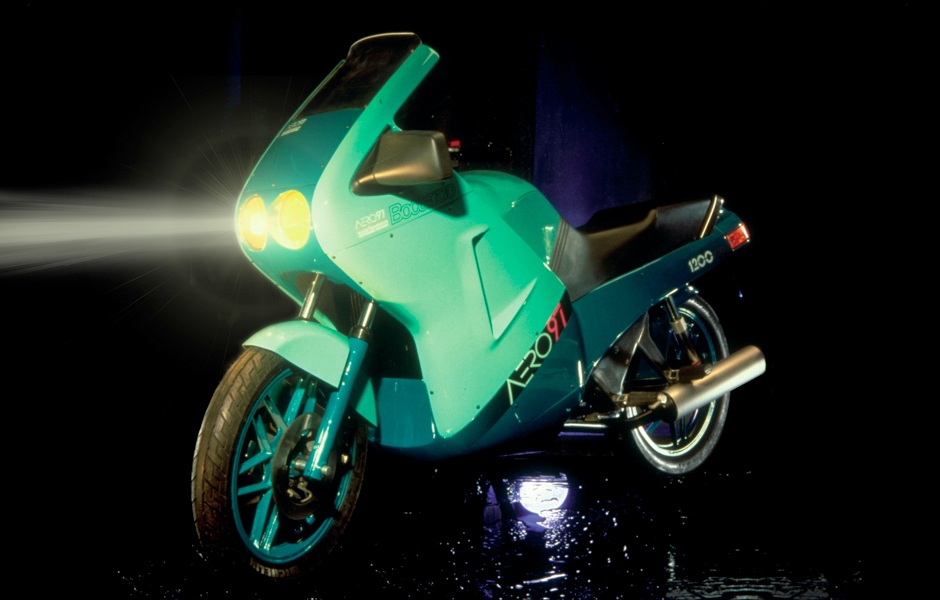
1. Boccardo Aero 97 diesel/petrol 1989
If you take your mind back to the1980s, there was a thing
called the oil crisis. The good folk in France (who last
built a beautiful vehicle in the shape of the Citroen
Goddess, about five decades ago), decided it would be a
neat idea to respond by making a diesel touring bike.
Hands up those who agree that the words “diesel” and “motorcycle” should be banned from the same sentence…
It employed a boxer four Citroen AX 1360 diesel (and other variants), around which was cobbled something that vaguely resembled a motorcycle. The styling was clearly done by a drunk armed with a few sheets of cardboard.
The once honourable brand MBK briefly had its name attached to it (which I’m sure it regrets) and, if you need proof that someone will buy anything, it found a few punters. Five were built – three diesel and two petrol.
This is one of the great expositions of why a bespoke engine is crucial to the overall styling package.
It will also go down in history as the only example of a
new motorcycle whose military variant looked more
attractive than the civilian version.
Cost then: Big, but we have no local number
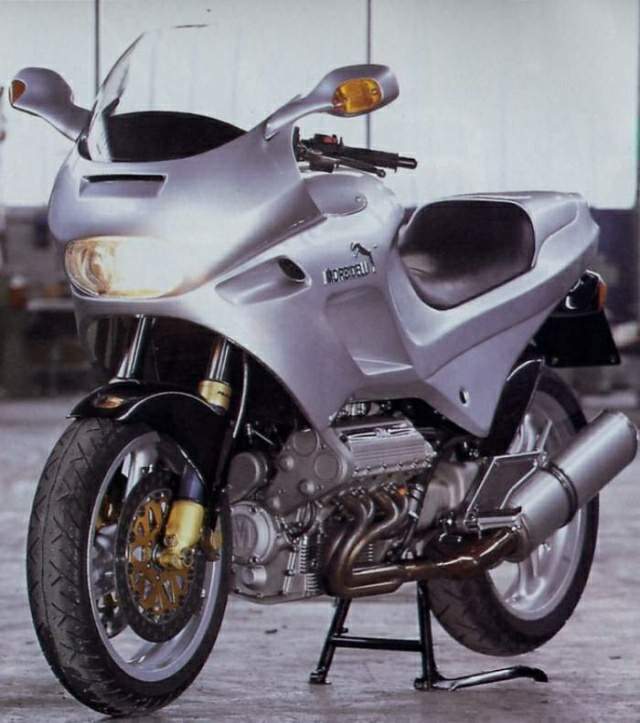
2. Morbidelli V8 1994
Was it a bad batch of vino? Who knows the cause, but the
initial design job for Morbidelli’s ambitious and
make-or-break V8 (first shown in 1994) was the howler of
the century. Really, it’s as if someone commissioned a
three-year-old and slipped the little perisher a major
dose of LSD before handing over the crayons.
The styling was eventually ‘backed off’ into something that looked less like a startled cane toad and more like a motorcycle – albeit a boring one. But it was too late.
Morbidelli was already in trouble before this project.
Sales of the once proud brand were dwindling in the face
of the engineering talent from Japan, and there is
speculation that this was the last roll of the corporate
dice for paternal figure Giancarlo Morbidelli.
It was hugely ambitious for a company better known for
little bikes. Powered by something resembling a
miniaturised Cosworth V8, displacing 850cc, the 120-horse
machine came with shaft drive, a tubular space frame,
premium suspension and high-end Brembo brakes.
Then there was the price tag of around US$60,000, or closer to $90,000 locally. This at a time when you could buy a good sports tourer from several other makers for well under $20k.
The rare owners report the powerplant is uncannily smooth, unlike the machine’s progress in the market.
A huge disappointment for anyone who dreamed of owning a
proper V8 motorcycle (rather than a dodgy cruiser frame
with a Chev shoe-horned in), it was bought by very few.
Cost then: around $90,000

3. Buell RR Battletwin 1989
Let’s get this over with now – I’m a fan of Buell and his
motorcycles, but he never, ever, got styling.
The Battletwin (there were two versions – 1000 and 1200) is a case in point. It just looks like it’s had a bad reaction to an injection. Swollen in all the wrong places and looking barely functional.
It actually rode okay (though the Sportster engine was a questionable choice) and when, some years later, the Suzuki Hayabusa was launched, the whole thing looked a little less ridiculous.
Eric, mate, next time hire a stylist who gets subtlety.
Dramatic visuals are one thing, looking like someone
slipped a bad line of coke into the designer’s morning
latte is a whole other problem.
That said, time has been kind to these motorcycles and
they now look far less weird than when first launched.
They have become very collectible.
Cost then: $12,400
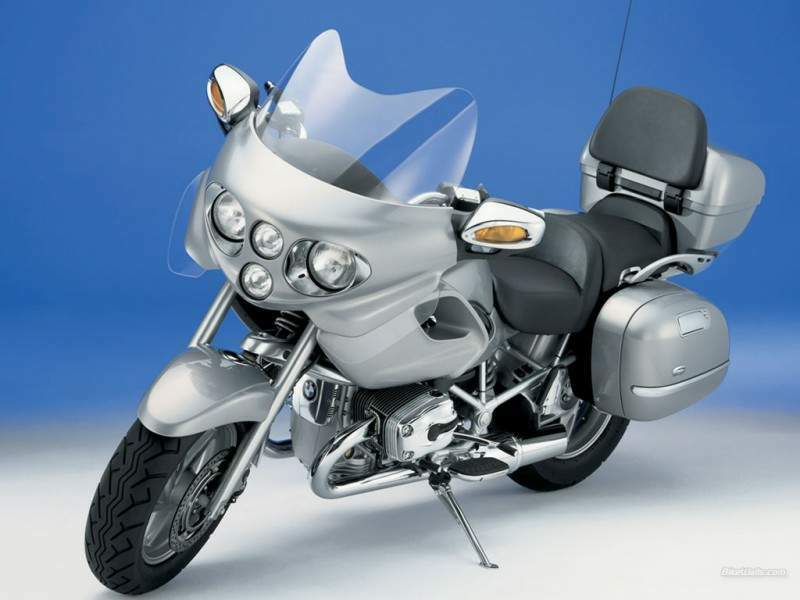
4. BMW R1200CL 2003
A contemporary launch report of the CL, by Motorcycle USA,
offered, “it looks like a cross between a mutant insect
and a rocket launcher”. They were much too kind.
In profile, it looked like an assemblage of touring bits attached to an oddball cruiser – which it was.
The real shocker was the front profile, with four lamps – two stacked vertically in the centre of a horizontal pair. It was a look even a mother would find difficult to love.
Still, you can’t say you weren’t given fair warning. My view is that if it looks wrong, it probably is. Limp power (61 horses for 308kg wet), very ordinary steering at low speed and vague manners at the top end confirmed the theory.
There was a lot of technology on board, including cruise control, the second-gen of the dubious power-assisted brake system, and ABS.
Bimm was trying to crack the touring cruiser market and arguably underestimated the expertise of Harley, earned over decades with its Electra-Glide series, or even Honda with its fast Valkyrie Interstate.
If there is sex somewhere in the looks of a motorcycle,
you can forgive a lot of things. But, really, the
disjointed profile and alien front view are enough to make
you lie back, with the biggest bottle of schnapps you can
find, and think of Bavaria...
Cost then: $23,000

5. Bimota Mantra 1997 (1995-on in Europe)
With exception to the super-exotic (and ultimately failed)
V-Due two-stroke V-twin, Bimota built its reputation on
taking Japanese and Italian powerplants, wrapping them in
a lower and lighter package, claiming better performance,
exclusivity and, most importantly, a much better-looking
package.
Out with the dowdy mass-produced original and in with the motorcycling equivalent of the sexy black cocktail dress.
Okay, so talk me through the Mantra. It was the company’s
brave new revision of the naked bike, something which
Ducati (the donor of this engine) had already perfected
with its Monster series.
Bimota’s ability to provide faster versions of someone
else’s powerplant was already under challenge – the truth
is they were often slower and less sorted – so the timing
of this machine, which had a severe case of the
Morbidellis about it in the styling department, was a
world championship clanger.
Avant-garde? Nup. It was like writing “we’ve lost the plot” down the side of the bodywork.
The 904 Ducati engine performed well enough and the
chassis was a quick-steering gem. However the problem was
you had to mount it with your eyes shut…
Cost then: $14,900
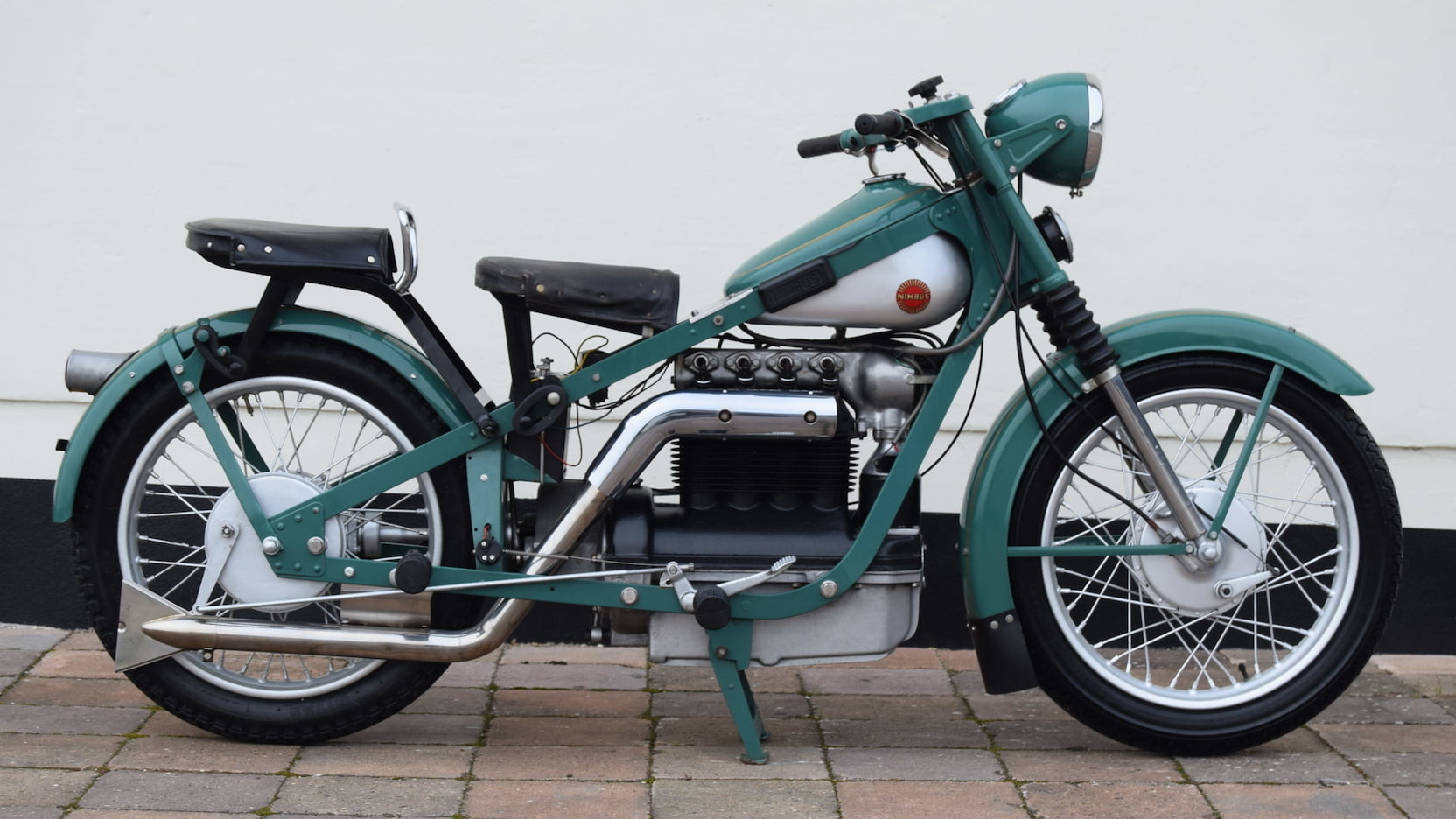
6. Nimbus 750 (up to) 1960
If you’ve ever wondered why you don’t see a Dane on the
podium of MotoGP, you might want to look up Nimbus on the
web.
This brand has the unusual honour of going backwards both visually and technically over the years.
While the original 750-four ‘Stovepipe’ claimed a mere 10 horses and grew to a heady 25, it lost its back suspension and its looks.
The final iteration, which sold until 1960 and has a
dedicated fan club, looks like farmer muggins built it
with some spare flat steel and a rivet gun. I have a rule
about riding anything that looks like I built it – don’t.
That said, these things have a devoted fan base.
Cost then: $750 for the original Type C

7. Amazonas
Originally aimed at the motorcycle contract for Brazil police, this remarkable animal survived ion production from 1977 to 1989, all the time powered by a Volkswagen boxer four, usually in 1600 form. Incredibly they also used an adapted version of the car's transmission.
In some respects the reasoning was sound, as Brazil was for decades a centre for manufacturing Beetles, tos the powerplants were readily available.
Howevere the chassis looked like it had been drawn in crayon and the styling...welll...the term Gothic barely covers it. There have been number of morderately successful BMW R-series to VW engine swaps over time, so you can't help wonder why the designer didn't take a closer look at them.
Somehow it almost made a virtue out of its bizarre looks and several variants were produced over time, as a way to frsshen up the range. For a rtime there, it was also possible to order thje bike as a self-build kit. At least then you could use the term 'home-built' as an excuse for the appearance!
Cost then: around 5000 quid in the UK

8. Velocette LE (up to) 1970
Meant to be smart and cheerful, the LE (for light engine)
was actually a sophisticated bit of kit when first
introduced in 1948. It boasted a tiny (150cc)
liquid-cooled boxer engine that eventually grew to 200cc.
That generations of junior English bobbies were forced to ride them did nothing to help the corporate cause. Worse though was the gawd-awful design that just screamed “I have no life”.
Whoever penned this abomination will no doubt argue that
it served a purpose – which was presumably to remove any
dignity from riding a motorcycle.
Cost then: 176 pounds when a BSA Bantam cost 75

9. Munch Mammut (Mammoth) 1966-on
Initially using one-litre NSU powerplants, Friedl Munch’s
creation was yet another car engine squashed into a bike,
with all the attendant problems.
Munch lasted longer than most, and even responded to Kawasaki’s release of the mighty Z1300 with a bigger Mammut – a 1200.
Reluctantly, though, you have to tip you virtual lid at Friedl, who looked like a blacksmith and produced machines that in many cases left the anvil a little too early.
To call anything associated with the marque ‘design’ is
stretching the normally flexible English language too far.
They’re blunt tools.
Cost then: Four times a normal sport bike
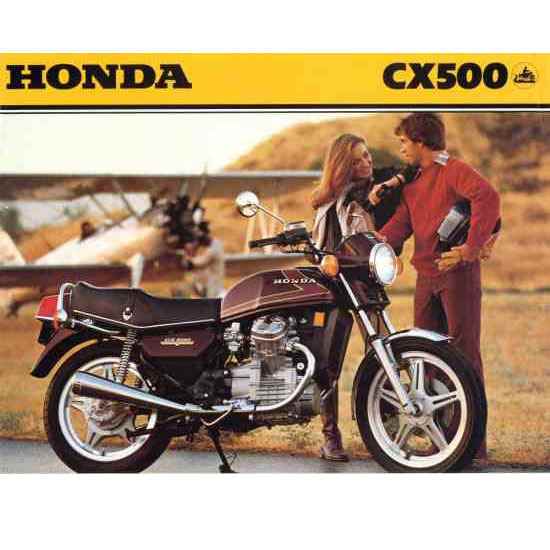
10. Honda CX500 1978
To quote one of the country’s most experienced retailers,
about 15 years ago, “If we had any sense, we’d all be
riding CX500s.”
The words “sensible” and “motorcycle” don’t work in the same sentence. Which is the first of the CX500’s problems.
The other is it’s fugly. There is no attractive angle from which you can photograph it. Though it never deserved the appalling nicknames it copped (plastic maggot is the most cruel), as it had a ground-breaking drivetrain that started to build Honda’s reputation for reliability.
It’s on od the very few Japanese bikes which looked
better in fake cruiser/custom form, than in original.
Honda did however save its reputation with a
second-generation series which looked quite handsome.
Cost then: $1000
***
And another thing! (Or two)
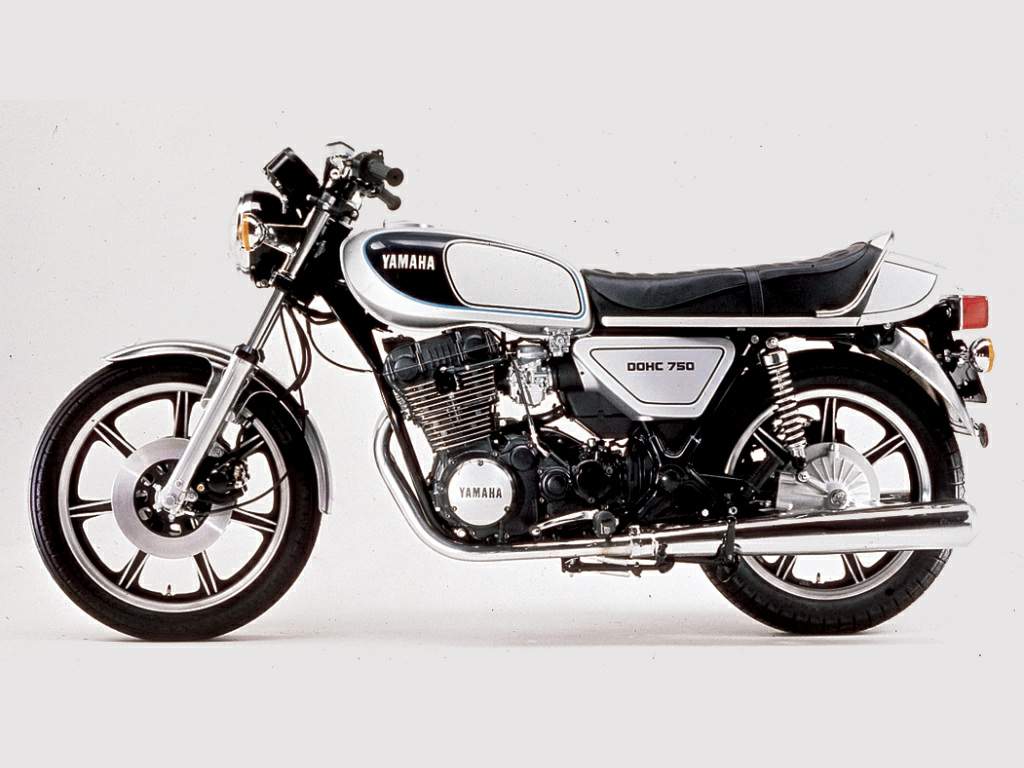
Honourable mention - Yamaha XS750 1976-on
When I first penned this story, nearly a decade ago, I included the Yamaha XS750 in the top 10. Maybe I've got soft between the ears over the intervening period, because now I reckon it looks alright. In any case, here's what I said at the time:
For a decade or so, there seemed to be something in the
Yamaha corporate DNA that snatched defeat from the jaws of
victory on selected models.
There’s no better example than the XS750. It should have been the world’s most exciting motorcycle at the time, but it looked dowdy. We’re talking wandering in to the laundry and finding your Aunt Agatha’s knickers hanging on the jury-rigged line because it’s raining outside. All of a sudden, the rain seems like a good option…
Shut your eyes and have the specs read out to you, however, and you can’t help getting excited. A big inline triple (hello Triumph) with shaft drive, lots of performance and plenty of fuel range.
The early ones had a few mechanical issues and, by the
time the factory punched them out to an even more serious
850, nobody (in Australia, at least) cared. What a shame.
Cost then: $2200
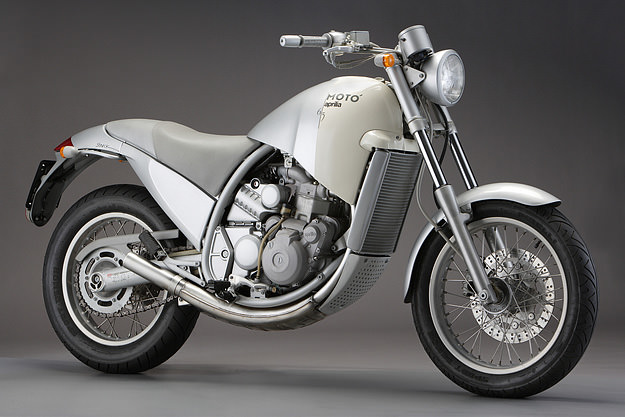
Honourable mention - Aprilia Moto 6.5 1998
And yes, we also had a crack at the poor old Aprilia Moto
6.5:
Designer Phillipe Starck had a world-wide reputation for excellence in home-ware when he was asked to pen a motorcycle.
(Just as an aside, I once burned my hand badly with a kettle allegedy designed by Mr S, and have looked askance at his career ever since.)
Here’s a tip: stick to what you’re good at.
Aprilia already had a problem when it was trying to flog an uninspiring single-pot road bike and exacerbated it by making it look weird while raising the price.
If you’re trying to offload one, you’ll be torn between
advertising it in a motorcycle or an interior design mag.
Cost then: $9200
***
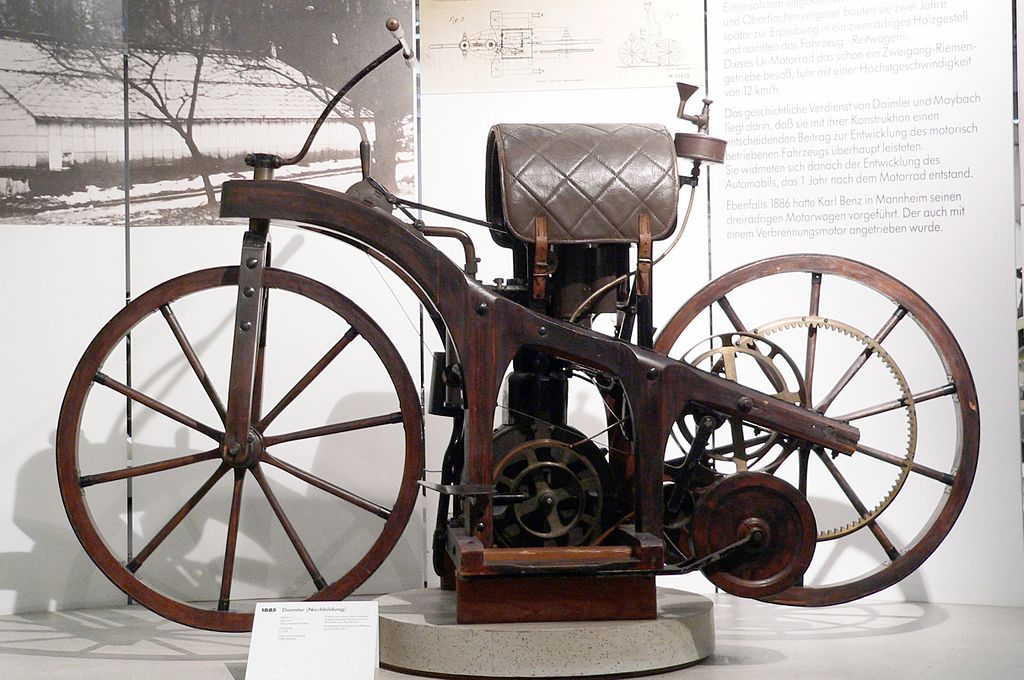
You’re the reason our kids are ugly *
I blame Gottleib Daimler. He invented something that looked a bit like the first motorcycle – a velocopede with two main wheels (one at each end) and a couple of stabilisers. Completed in 1885, it was dubbed the Reitwagen, or riding car.
His Wikipedia entry explains: “Daimler and his lifelong business partner Wilhelm Maybach were two inventors whose goal was to create small, high-speed engines to be mounted in any kind of locomotion device. In 1885 they designed a precursor of the modern petrol (gasoline) engine which they subsequently fitted to a two-wheeler, the first internal combustion motorcycle and, in the next year, to a stagecoach, and a boat. Daimler baptized it the Grandfather Clock engine (Standuhr) because of its resemblance to an old pendulum clock.”
Okay, no problem with the intention. But, Gottlieb, could you have made it any more hideous?
While Mr G & Co were working in horse and cart days, so motorcycle styling was thin on the ground, they could have done better. But I guess this is what happens when engineers design something - appearance is low on the list of priorities.
You can’t help wondering what sort of motorcycles the company (Mercedes-Benz) would now be producing…
* From The Dictionary of Country & Western Wisdom
(Reitwagen pic by Joachim Kohler, via Wikimedia)
And then our readers chipped in with their throughts - see the story here.
-------------------------------------------------
Produced by AllMoto abn 61 400 694 722
Privacy: we do not collect cookies or any other data.

Archives
Contact



